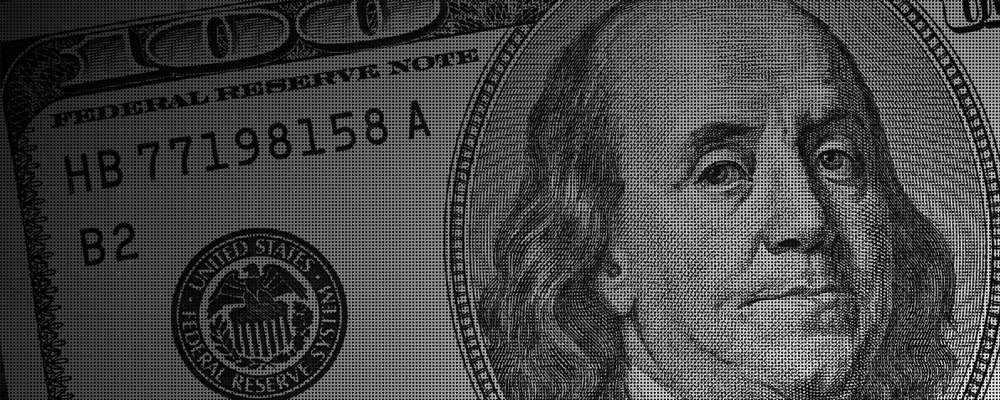On the backdrop of Super Tuesday and anticipation surrounding the potential resurgence of former US President Donald Trump in the Republican Party, the US Dollar commenced the week with a vigorous rally. Meanwhile, across the Pacific, markets received a blow from the subdued economic announcements emerging from China’s National People’s Congress. The absence of anticipated stimulus measures left investors disheartened, resulting in a punitive response towards the Chinese Yuan and a consequent boost for the US Dollar.
As market participants brace for a flurry of economic data releases, attention is particularly drawn to the final readings of the Services and Composite Purchasing Managers’ Index (PMI) numbers for February by S&P Global. Concurrently, the Institute for Supply Management is poised to unveil its own PMI data for the US Services sector, with projections indicating a slight decline from the previous month, albeit still indicative of expansion. Crucially, leading indicators such as the Services Employment Index, Prices Paid, and New Orders Index present a nuanced picture of the US services’ sector, which accounts for more than 70% of US GDP.
Looking at the technical picture of the Dollar index (DXY), it can be seen that the bearish pullback from the mid-February high (104.95) entered the consolidation phase, with price fluctuating roughly within the 103.50-104 range. The level of 104.50 appears to be a crucial resistance level for the buyers since hitting this target would constitute a second retest of the key downward sloping resistance line. In case of a successful breakout, chances for upside momentum will rise; however, if the price fails to stay above the level for a meaningful period of time, bearish forces will likely take control of the market, and a second pullback may ensue:
Looking ahead, all eyes are on the impending testimony of Federal Reserve Chair Jerome Powell before the US Congress. Powell’s steadfast stance on the prospective rate cuts and the necessity for substantive evidence affirming the return of inflation to the 2% target is anticipated. Expectations for a pause in the upcoming March meeting of the Federal Reserve stand high, with minimal odds attributed to a rate cut, as indicated by the federal funds rate futures.
In tandem with global market trends, the Pound Sterling faced marginal downward pressure against the US Dollar, slipping from the pivotal resistance level of 1.2700 during Tuesday’s European session. This downturn can be attributed to waning investor risk appetite and uncertainties looming over the impending UK Spring Budget announcement by Chancellor Jeremy Hunt on Wednesday.
The prospect of limited tax cuts in the budget announcement has heightened speculation surrounding early rate cuts by the Bank of England (BoE), potentially dampening the allure of the Pound Sterling. BoE policymakers, while acknowledging the shallow technical recession experienced in the latter part of 2023, have signaled optimism regarding the trajectory of the UK economy. Encouraging indicators such as Retail Sales and improving PMI data have bolstered confidence in the economy’s recovery.
On the technical analysis side, the price broke through the short-term descending corridor and headed towards the key medium-term resistance, which is located near the 1.2720 level. In case of a sustainable advance above the level, GBPUSD will likely attract more buyers on the basis of the idea that sellers lost the initiative they established since the start of the year. Conversely, if the sellers successfully defend the level, it may damage the Pound’s upside potential, and the price may instead slowly gravitate towards the key buying support level at 1.25.
Source: Tickmill


